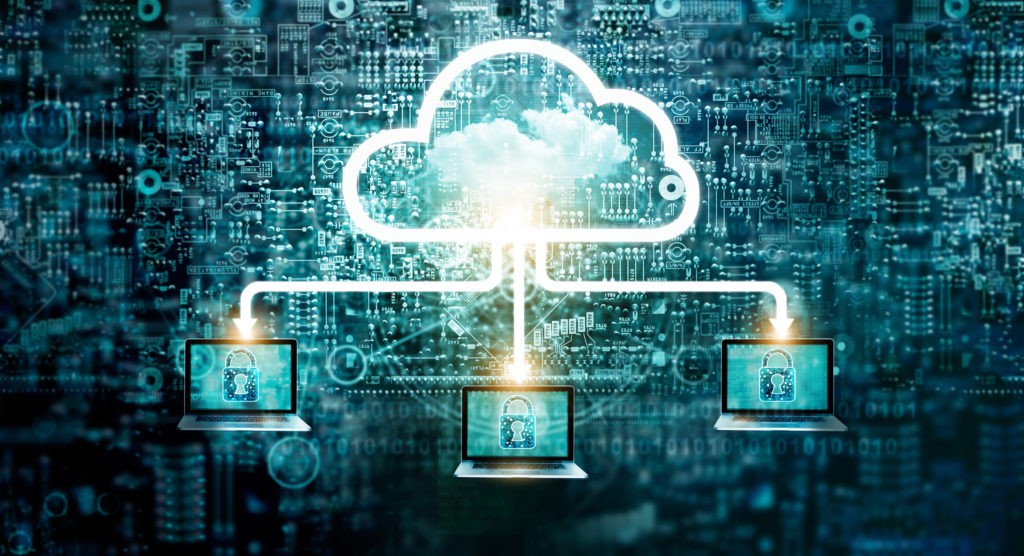January 20, 2017
Inauguration Day is sure to be one of the most important days of any post-election year. It symbolically represents a new era for the country and a new vision for its future. Yet, for much of our history as a nation, this auspicious event went largely unobserved until technology could help relay the moment to all our country’s citizens.
Truly, Inauguration Day serves as a fitting mile-marker for our technological progress. We often conceptualize eras by their world leaders in the same way we conceptualize a period by the technology of the day. They’re intertwined. Who is Caesar without the aqueduct? Who is JFK without NASA? In the spirit of the day, we’ve compiled a walkthrough of our presidents’ inaugurations and how technology played a role in each of them.
George Washington (1789) and Thomas Jefferson (1801)
Our first president’s inauguration was about as low-tech as you can get. It involved a man swearing an oath on the balcony of the federal building, and interestingly at the time, the inaugural address wasn’t even issued to the public. It was issued to Congress behind closed doors. Journalists were forced to transcribe the address, disseminate it to their news organizations, and print it in the newspaper. It took days or weeks for citizens to hear of the event.
Thomas Jefferson made a clever move for his inaugural address in 1801. He provided a printed transcription of the address to The National Intelligencer before the speech was actually given. This allowed the newspaper to print the information beforehand and make it available to the public immediately after the ceremony.
James K. Polk (1845) and James Buchannon (1857)
Almost a half-century later, much has changed. The address was delivered on the Capitol steps to an assembled crowd. Though it was dreary and rainy that day and few in the crowd could hear James K. Polk, Samuel Morse sat nearby transmitting the inaugural address through his newly-invented telegraph. The address was sent to Baltimore from D.C. where it was transcribed.
Twelve years later, we finally got our first images of the inaugural address. In 1857, a man named John Wood snapped the first photo of a president being sworn into duty. That president was James Buchannon. Before this, newspapers would have to provide illustrations of the event, which would vary based on the artistic liberties of whatever artist happened to be at the event at the time. This was the first opportunity to see the inauguration as it truly was.
William McKinley (1897) and Calvin Coolidge (1925)
At the close of the Nineteenth century, William McKinley was recorded on video taking his oath of office, while almost thirty years later, Calvin Coolidge’s was the first time the inaugural address was broadcast over radio. Coolidge’s address bears particular importance. Today, we are accustomed to seeing our president on video. We can see his mannerisms, hear his voice, and size up the person. Before Coolidge, there would be a rare few in the country that could even describe the tambour of their president’s voice.
Harry Truman (1949)
While presidents have been on video and on the radio at this point, Truman marks the first occasion a presidential address was broadcasted with audio on television. It is estimated that ten million Americans turned on their television sets to watch the historic occasion.
The 45th Presidential Inauguration
Today, our new president was sworn into office, and while technology has certainly come a long way since Obama’s inauguration in 2008, the platforms have largely remained the same. Twitter, Facebook, and social media played an integral role in both of Obama’s campaigns as well as Trump’s recent campaign, and the event was shared on this platform across the country and the world. Through these advances in technology, more and more of our country is able to share in these milestone moments of our country’s history.
Keep an eye on your social accounts today. Take note of the sheer number of views on YouTube, shares on Facebook, and tweets, and remember that centuries ago, George Washington gave a simple speech to a few dozen people behind closed doors.
Like what you read?
About Mindsight
Mindsight, a Chicago IT services provider, is an extension of your team. Our culture is built on transparency and trust, and our team is made up of extraordinary people – the kinds of people you would hire. We have one of the largest expert-level engineering teams delivering the full spectrum of IT services and solutions, from cloud to infrastructure, collaboration to contact center. Our highly-certified engineers and process-oriented excellence have certainly been key to our success. But what really sets us apart is our straightforward and honest approach to every conversation, whether it is for an emerging business or global enterprise. Our customers rely on our thought leadership, responsiveness, and dedication to solving their toughest technology challenges.
Contact us at GoMindsight.com.
For Further Reading
Presidents have a long history of incorporating emerging technologies into their administration. Sometimes it happens right away, and sometimes presidents are late the game. Did you know Rutherford B. Hayes was the first president to install a telephone in the White House almost thirty years after it was invented?

